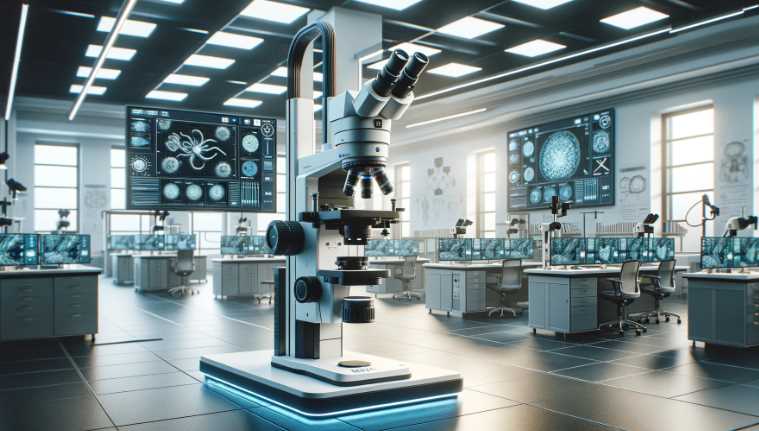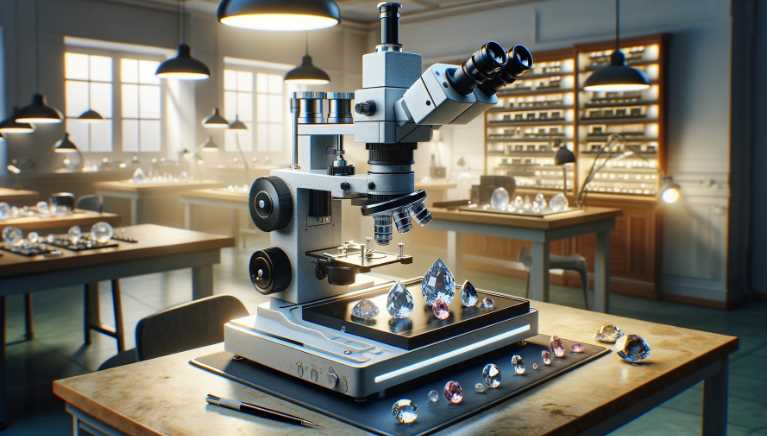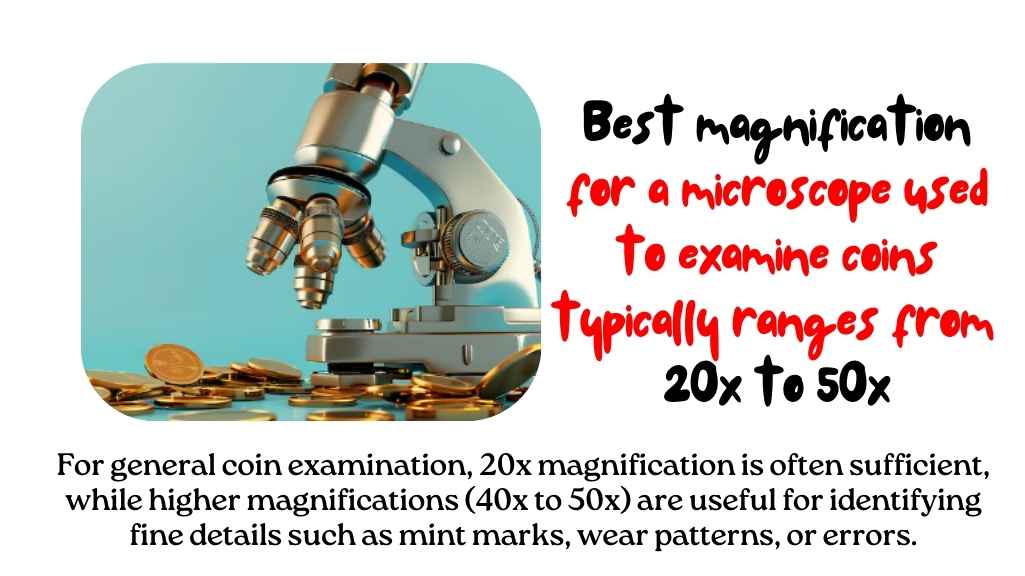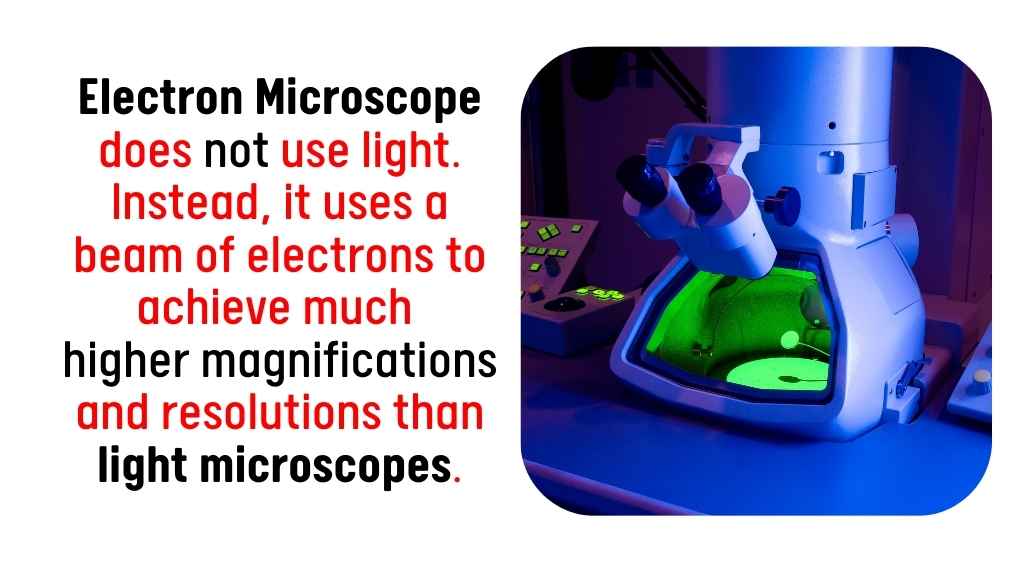What Does Trichomoniasis Look Like under the Microscope: Unveiling the Microbial World
Category Data Global Prevalence Estimated 156 million cases annually Affected Population Both men and women, but higher in women Transmission Primarily through sexual contact Symptoms (Women) Vaginal discharge, itching, discomfort Symptoms (Men) Urethral discharge, discomfort Diagnostic Methods Wet mount microscopy, PCR, culture Treatment Metronidazole or tinidazole Complications Increased risk of HIV, preterm birth Prevention Safe […]
What Does Trichomoniasis Look Like under the Microscope: Unveiling the Microbial World Read More »








